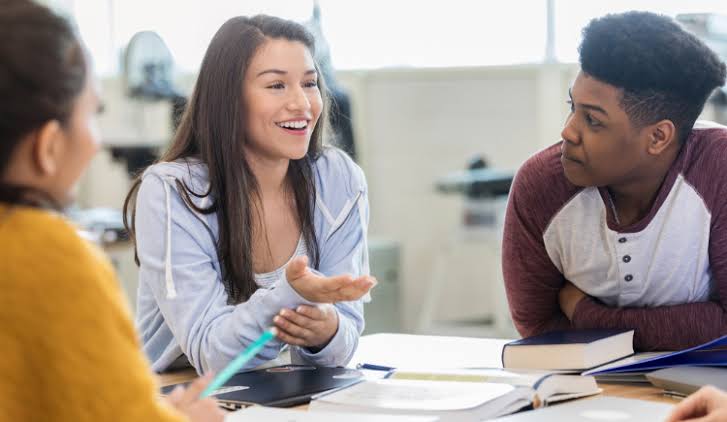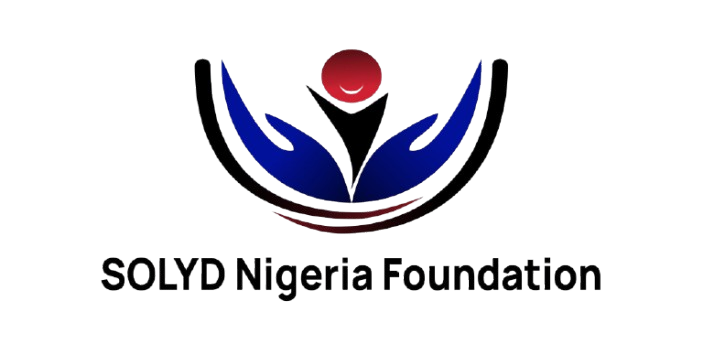Education: The Power of Peer-to-Peer Learning

Education: The Power of Peer-to-Peer Learning
Education is a multifaceted process that extends beyond traditional teacher-student dynamics. One of the most effective yet often underutilized methods of learning is peer-to-peer education. This approach leverages the unique position of peers to facilitate learning, providing a platform where students can share knowledge, experiences, and perspectives in a relatable and accessible manner.
At it’s core, peer-to-peer learning capitalizes on the natural inclination of students to communicate and collaborate with one another. When students are given the opportunity to teach and learn from each other, they bring a level of enthusiasm and understanding that is often unmatched in traditional teaching methods. This method not only enhances comprehension but also fosters a sense of community and cooperation within the learning environment.
One of the key benefits of peer-to-peer learning is its ability to break down complex concepts into more digestible pieces. Peers often possess the ability to explain topics in ways that resonate with their fellow students, using language and examples that are relevant to their shared experiences. This can be particularly beneficial in subjects that students might find intimidating or difficult to grasp when taught solely by instructors.
Moreover, peer-to-peer learning encourages active participation and engagement. Students are more likely to ask questions, seek clarification, and engage in discussions when they are in a peer setting. This active involvement not only reinforces their own understanding but also contributes to a collaborative learning atmosphere where everyone benefits.
The benefits of peer-to-peer learning extend beyond academic performance. It also plays a significant role in developing essential life skills such as communication, empathy, and leadership. By taking on the role of a teacher or mentor, students learn to articulate their thoughts clearly, listen to others, and provide constructive feedback. These skills are invaluable in both academic and professional settings, preparing students for future challenges and opportunities.
Implementing peer-to-peer learning can take various forms, from structured study groups and tutoring programs to informal discussions and collaborative projects. Regardless of the format, the underlying principle remains the same: peers have the power to significantly enhance each other’s learning experiences.
In conclusion, peer-to-peer learning is a powerful educational tool that harnesses the potential of students to teach and learn from one another. By fostering a collaborative and supportive learning environment, it not only improves academic outcomes but also equips students with the skills and confidence needed to succeed in all areas of life. As educators and institutions continue to explore innovative teaching methods, the importance of peer-to-peer learning should not be overlooked






